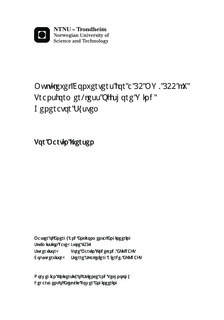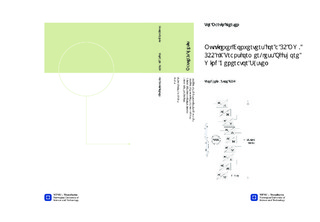| dc.description.abstract | The size of offshore wind generators is increasing, and the trend is moving towards full converter gear-less solutions with permanent magnet synchronous generators (PMSG). The nacelle weight reduction is a key design criterion for offshore wind turbines. To overcome the weight challenge, a transformer-less concept is under development. This concept employs a special PMSG with an innovative high insulation level between the groups of windings. The generator supplies nine series connected converter modules, which results in a high voltage DC output of 100 kV, reducing the total weight of the system.Conventional three phase 2-level voltage source converters, each with 11.1 kV output, are utilized in concept studies and simulations. However, other voltage source converter topologies are assumed to be more beneficial in terms of efficiency, voltage quality and reliability issues. This work compares multilevel converter topologies with regards to their suitability for the proposed concept.The result of an initial study is that the modular multilevel converter (MMC) is the most promising candidate. The MMC adds more components and complexity to an already intricate system, but gives benefits that are in line with many of the ideas behind the proposed concept. A modular structure grants the easiest expansion to a high number of levels, providing a high-quality voltage with less demand for filters to save both volume and weight. The MMC also offers redundancy possibilities for higher reliability, which is important in offshore wind power installations. PSCAD/EMTDC simulation models have been built, implementing voltage balancing and redundancy control. The simulations have also investigated the functionality of the converter in the proposed system. The results show that the MMC performs well in the full system, and is therefore considered as a viable candidate. The number of levels needed is at least five to avoid series connection of IGBTs. Further studies should find an optimal number of levels, depending on the generator specifications, the desired level of losses, voltage quality and a weighting of reliability versus complexity. | nb_NO |

